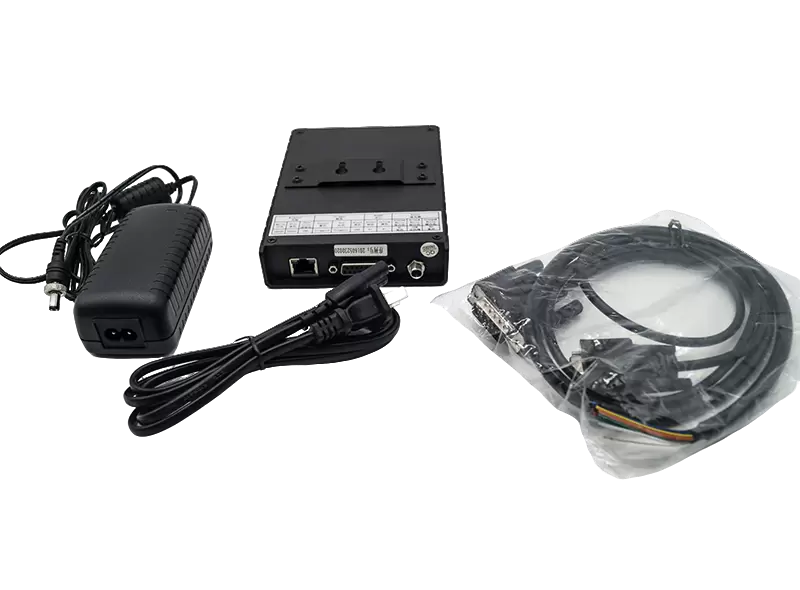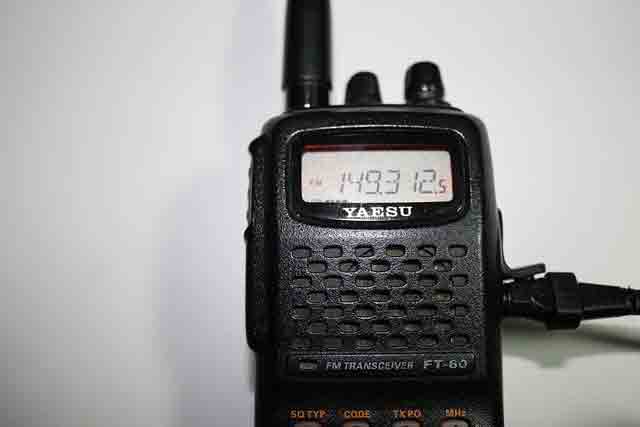As digital transformation accelerates, enterprises have put forward higher requirements for efficient and intelligent data collection and identification methods. With its advantages of long identification distance, fast identification speed and strong reading ability, UHF RFID technology has been widely used in warehousing logistics, asset management, smart retail, manufacturing and other fields. Among them, "whether the UHF RFID reader supports multi-tag reading" has become a core issue that users pay attention to when purchasing equipment and deploying systems.
This article will focus on this issue and analyze it in detail from multiple dimensions such as technical principles, implementation methods, influencing factors, practical applications and precautions to help readers have a more comprehensive understanding of the multi-tag reading capabilities of UHF RFID readers.
1. What is multi-tag reading?
Multi-tag reading, as the name suggests, means that the RFID reader can quickly identify multiple RFID tags simultaneously or continuously in one operation without reading them one by one. This capability is very critical in scenarios that require large-scale tag identification, such as:
Read dozens of cargo tags on shelves at one time;
Quickly identify a whole pallet of items when entering and leaving the warehouse;
Identify multiple tags of people entering and leaving the access control channel at the same time.
Traditional one-dimensional barcode or two-dimensional code scanners can only read a single tag, while RFID, especially UHF RFID, makes multi-tag reading possible due to its non-contact and spatial recognition characteristics.

2. Does the UHF RFID reader support multi-tag reading?
The answer is: support, and it is one of its technical advantages.
Compared with low-frequency (LF) and high-frequency (HF) RFID systems, ultra-high frequency (UHF) RFID readers are more suitable for multi-tag reading for the following reasons:
Wider recognition range: The recognition distance of UHF RFID readers can usually reach 3 to 10 meters, or even farther, and can cover a large reading area;
Faster communication rate: UHF RFID supports higher read and write speeds and can identify multiple tags in a short time;
Anti-collision protocol (Anti-Collision) mechanism: UHF RFID uses protocols such as EPC Class1 Gen2, which has a built-in anti-collision algorithm that allows readers to effectively distinguish and read multiple tag data in dense tag situations.
In summary, UHF RFID readers not only support multi-tag reading, but also have performance far superior to RFID systems in other frequency bands.
3. Technical Implementation Principles of Multi-tag Reading
3.1 The Core Role of Anti-collision Algorithms
In the process of multi-tag reading, the most core technology is the anti-collision mechanism. Since multiple tags will send signals to the reader in the same time period, if they are not controlled, signal conflicts will occur, resulting in data reading failure.
UHF RFID readers generally use the following two anti-collision algorithms:
ALOHA algorithm (based on time slot random): tags randomly send response requests at different time intervals to reduce the probability of conflicts;
Tree-based algorithm (tree query): the reader gradually locks each tag through grouping or binary query, so as to read them one by one.
Among them, the anti-collision mechanism of the EPC Gen2 protocol is essentially based on the time slot Q algorithm (Dynamic Frame Slotted ALOHA), which can quickly process the recognition tasks of dozens or even hundreds of tags in actual scenarios.
3.2 Collaborative reading of multi-antenna design
Many industrial-grade UHF readers are equipped with multiple antenna ports (such as 4 ports, 8 ports, and 16 ports), which can poll multiple antenna sites within a time window, expand the reading area through spatial coverage, and thus improve the recognition efficiency in a multi-tag environment.
4. Factors affecting multi-tag reading performance
Although technically supported, the actual reading effect will be affected by multiple factors:
4.1 Distance and direction between tags
If the tags are attached too close or overlap between tags, it may cause signal shielding or interference, reducing the reading rate. Especially in metal or liquid environments, tag signals are easily reflected or absorbed.
4.2 Tag quality and sensitivity
RFID tag chips from different manufacturers have different performances and inconsistent sensitivities. Tag quality directly affects its communication efficiency with the reader.
4.3 Reader power setting
The reader's transmission power affects its reading range and penetration ability. If the power is too low, the reading distance is limited, and if it is too high, it may cause signal reflection interference. The appropriate power needs to be adjusted according to the scene.
4.4 Antenna layout and polarization mode
Linear polarization antennas have strong directivity and are suitable for precise control of areas; circular polarization antennas have weak directivity and are more suitable for multi-angle and dynamic tag recognition. Reasonable selection of antenna type is crucial to improving the success rate of multi-tag reading.
5. Application examples of multi-tag reading
5.1 Intelligent warehouse management
In warehouse management, when bulk goods are in and out of the warehouse, the staff only needs to pass the goods through the RFID gantry or through the scanning area, and the system can quickly read hundreds of tag information to achieve automatic inventory, recording and tracking.
5.2 Clothing retail store management
Each piece of clothing is bound to an RFID tag. When checking out, all goods are placed in the reading area. The system reads all product data with one click, saying goodbye to scanning codes one by one, greatly improving cashier efficiency.
5.3 Library self-service borrowing and returning system
Each book is equipped with an RFID tag. When readers borrow and return books, they can
https://www.marktracerfid.com/news/Does-the-UHF-RFID-reader-support-multi-tag-reading.html
SHENZHEN MARKTRACE CO.,LTD.

